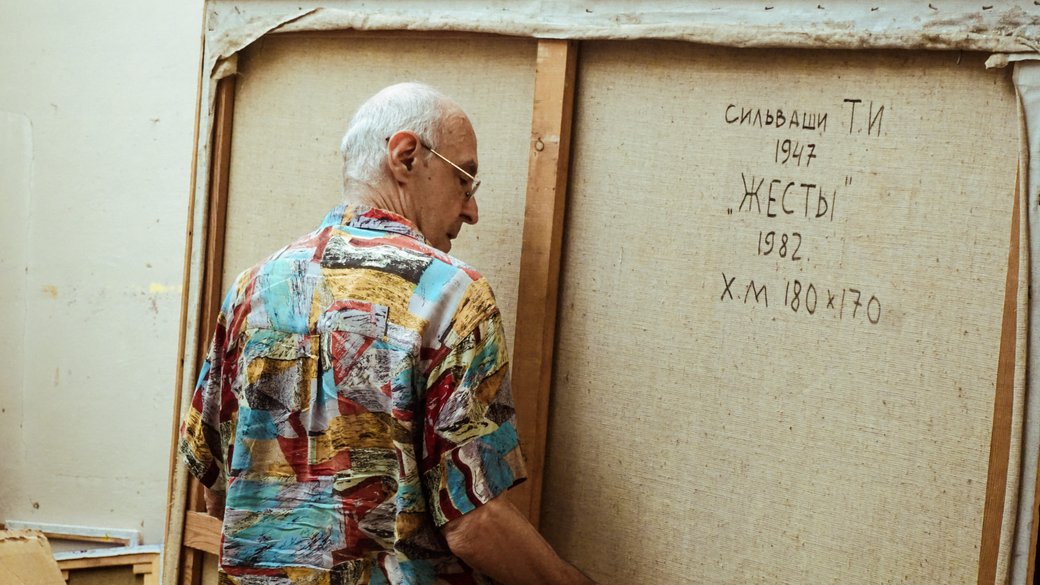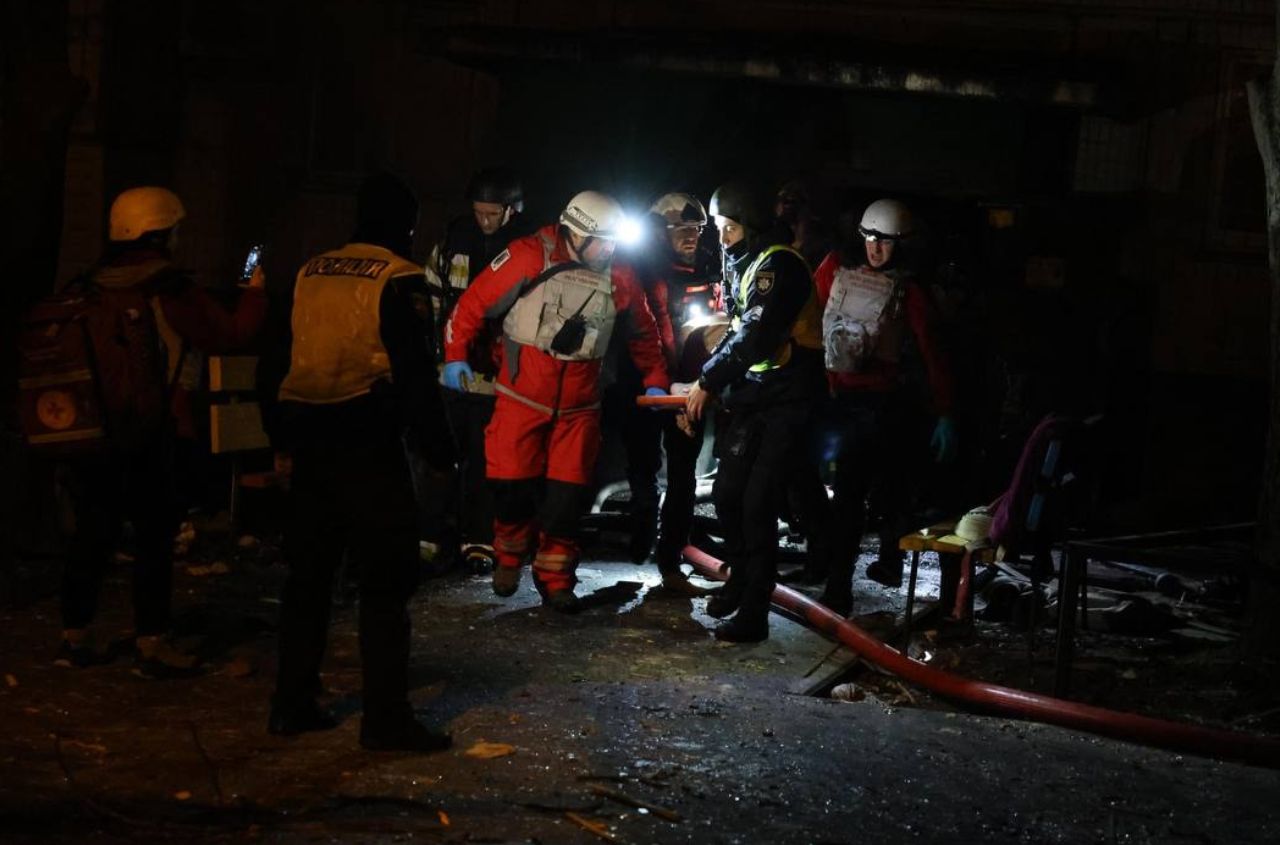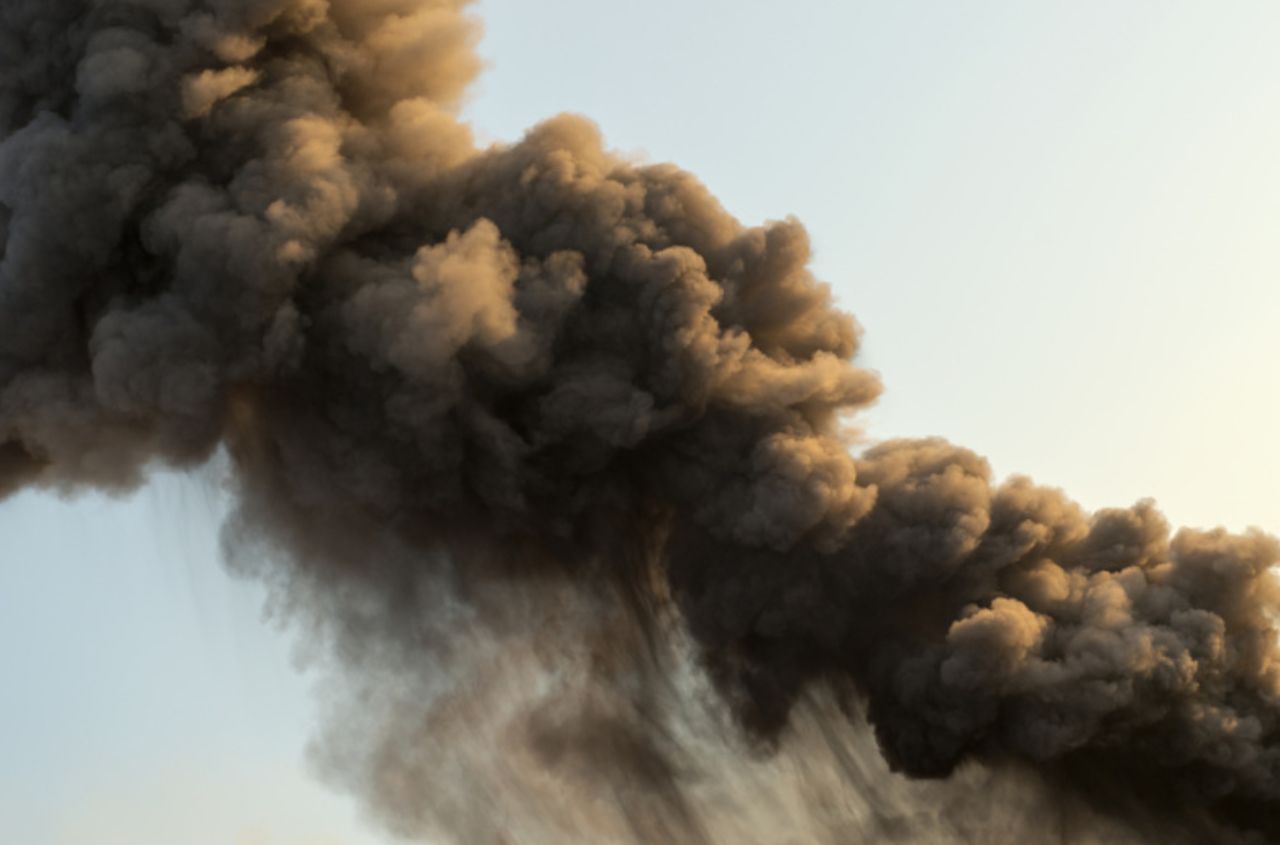On September 13, the Ukrainian House in Kyiv will open the exhibition "Circles of Szilvashi" — the first museum retrospective of one of the most significant contemporary Ukrainian artists working in the genre of non-figurative painting. Alongside Szilvashi’s works, the exhibition will feature works by 98 artists from various periods and styles across five floors of the Ukrainian House, including classic artists like Hans Memling and Diego Velázquez, as well as contemporary Ukrainian artists such as Kateryna Buchatska and Nikita Kadan.
The exhibition is organized by the Ukrainian Museum of Contemporary Art (UMCA), which has long felt that the Ukrainian cultural space lacks retrospectives of the country's most important contemporary artists.
"We started with Szilvashi because, as we note in the curatorial text, he is a pivotal figure upon which much depends and connects. He is someone who, through his presence in culture, ties together many threads, showing how the cultural fabric emerges," explains Olga Balashova, one of the curators of "Circles of Szilvashi". "Szilvashi is the ideal artist to demonstrate how culture functions as a whole: through horizontal connections, references, and interactions. At the exhibition, this is visible to the naked eye — how everything melds into a cohesive whole — from Byzantium to today, from Ukraine to New Zealand and Japan. And in the center, the figure of Szilvashi holds the entire structure together like a backbone."
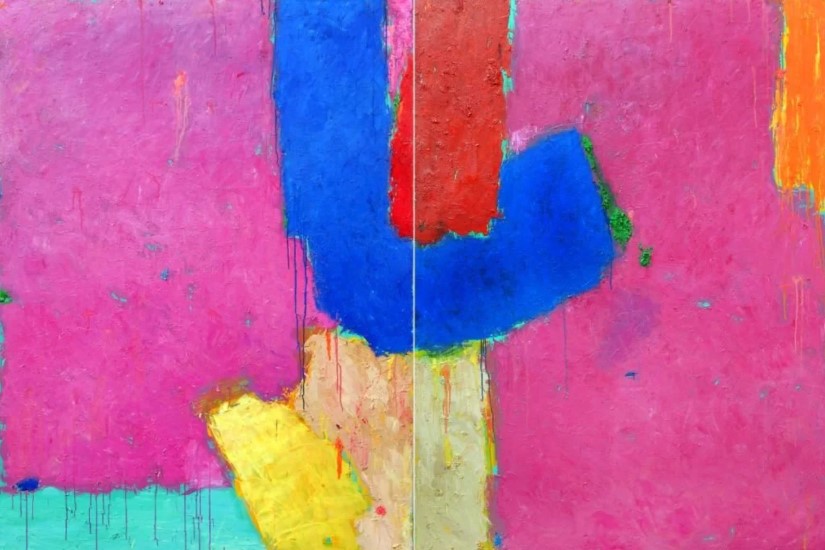
Szilvashi’s works will be displayed on the first and third floors of the Ukrainian House. The other floors will showcase reproductions, albums, and originals of works by 98 other artists who, in one way or another, intersect with the Ukrainian artist: those he was inspired by, learned from, worked with, shared artistic views with, or who consider Szilvashi their teacher.
"Contemporary artists from various countries, from New Zealand to Hungary, sent their works for the exhibition. This is a contemporary circle of Szilvashi — a network of non-figurative artists working with abstract art, who consider it an honor to participate in the retrospective of our artist. Many Ukrainian artists — from Szilvashi's generation of teachers to those who now consider him a teacher — also participated. While he does not have direct students, many people grew up with his art and read his texts," explains Balashova.
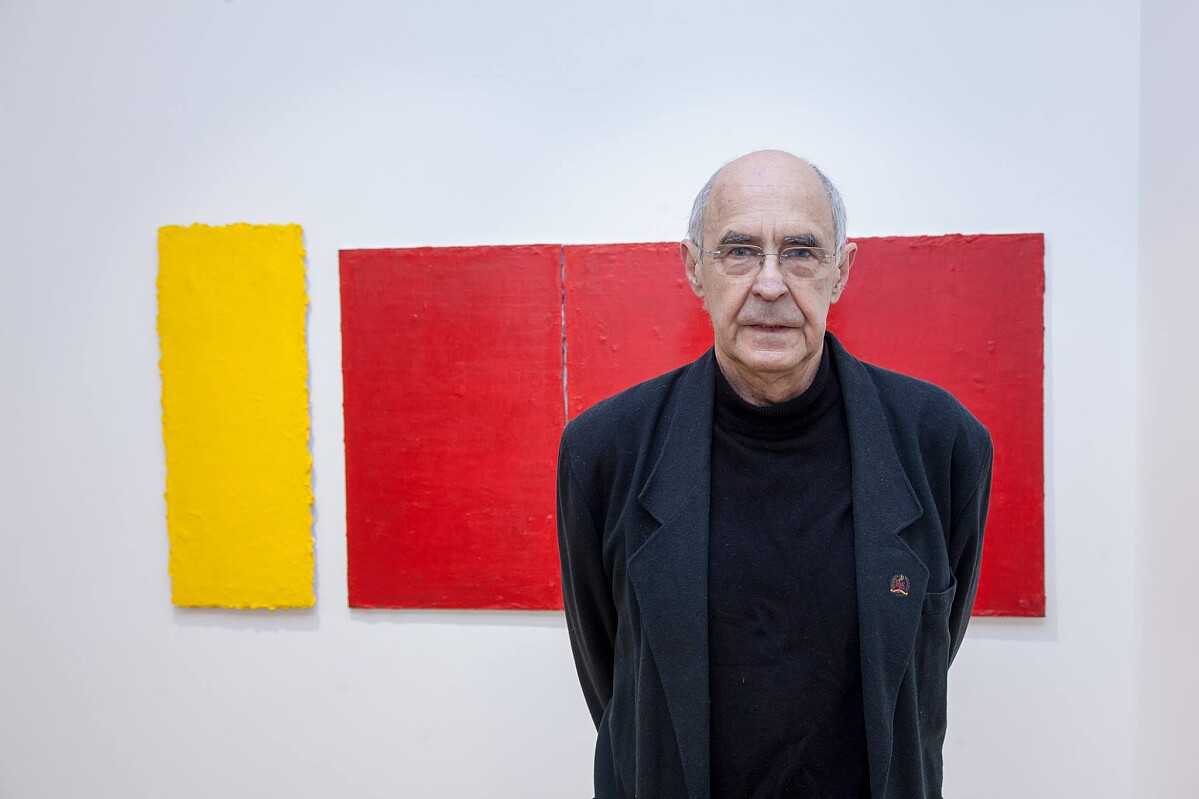
Balaashova notes that "Circles of Szilvashi," organized during the full-scale invasion, will help better understand the conditions in which Szilvashi’s generation of artists developed.
"Currently, half of Ukrainians cannot leave the country, and museums are closed. For our generation, this is an incomprehensible experience. For Tiberiy and his peers, it is an absolute reality; they spent half their lives this way. They consumed art through albums, reproductions, and other artifacts. Our exhibition is an opportunity to connect with them and understand the imaginative effort required then to engage with Rembrandt or Velázquez," the curator explains.
Additionally, for the exhibition, the UMCA team produced a video with director Sasha Pletnitskaya based on Szilvashi's concept.
In addition to Balashova, the curatorial team includes Lydia Apollonova, Anna-Maria Kucherenko, Boris Filonenko, and Yaroslav Futymskyi.
The exhibition will run until October 27.
